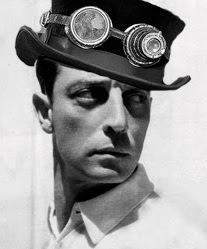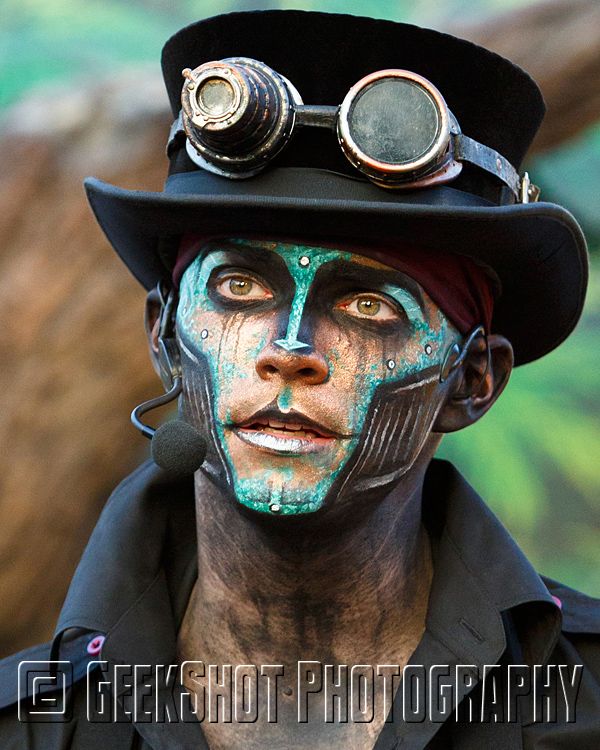Roots
My first love is traditional art. Digital is wonderful and gives me so many opportunities to work on pieces I wouldn't know how to do with handheld tools, but paints and pencils and papers and their enigmatic scents drive me wild.
I recently moved and had to take down my artwork from my apartment walls in the process. Before gently putting these away, I had to take a shot of two of my favorite explorers: William Clark and Meriwether Lewis. If I could draw their adventures all day, I would.
If only we learned more about them in schools. It's usually a couple days of: "Thomas Jefferson sent these two guys across the country with Sacagawea and they came back and reported on what they saw. Things were tough, but they did a great job." How about the fact that only one person in their team (there were more than just these two guys) died, and that was from appendicitis? Pretty amazing for a multi-year trip across uncharted territory in harsh winters. What about Sacagawea's teenage spirit and interest in joining them? She was pregnant when they met, not carrying the papoose from the get-go like we see in paintings. And why do we never talk about Lewis getting shot in the ass by one of his own men, thinking he was an elk? That's just hilarious.
Lewis and Clark: beautiful derps whose faces I need to draw more.



